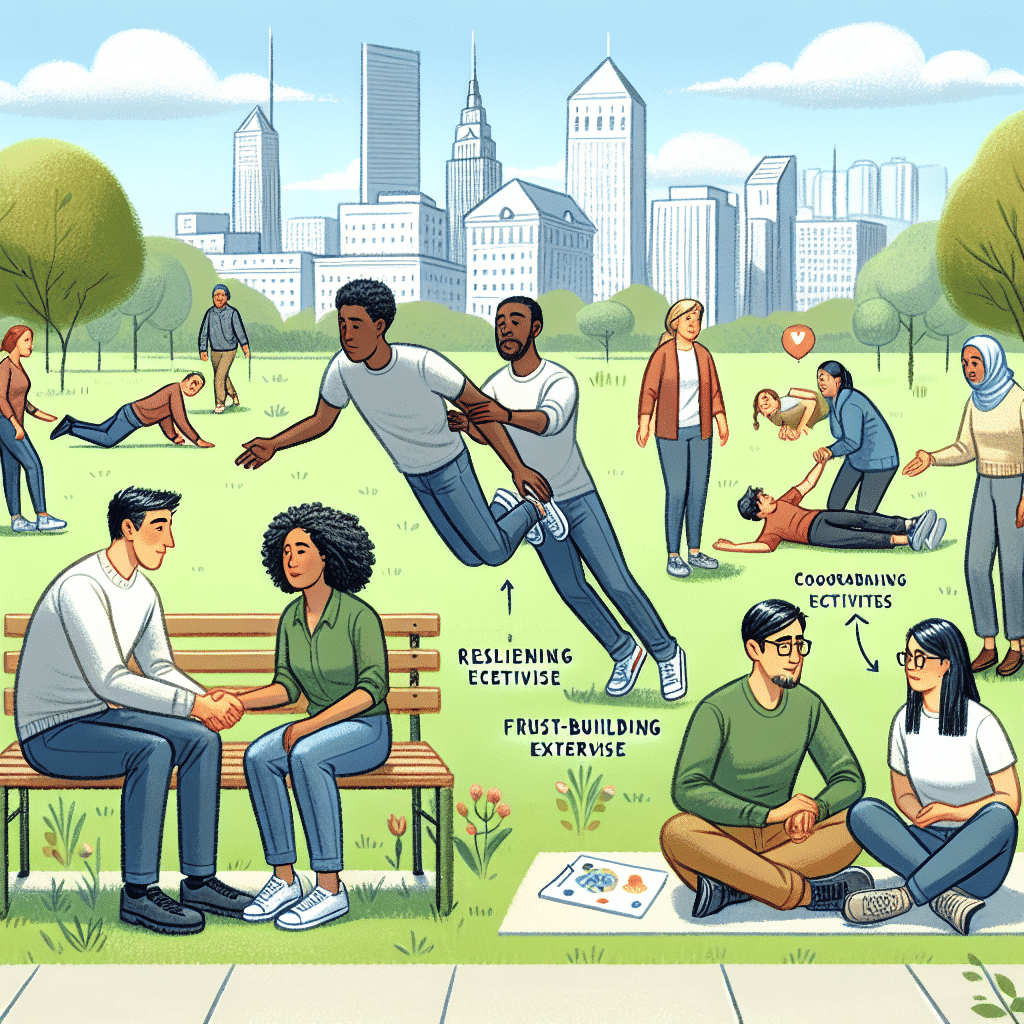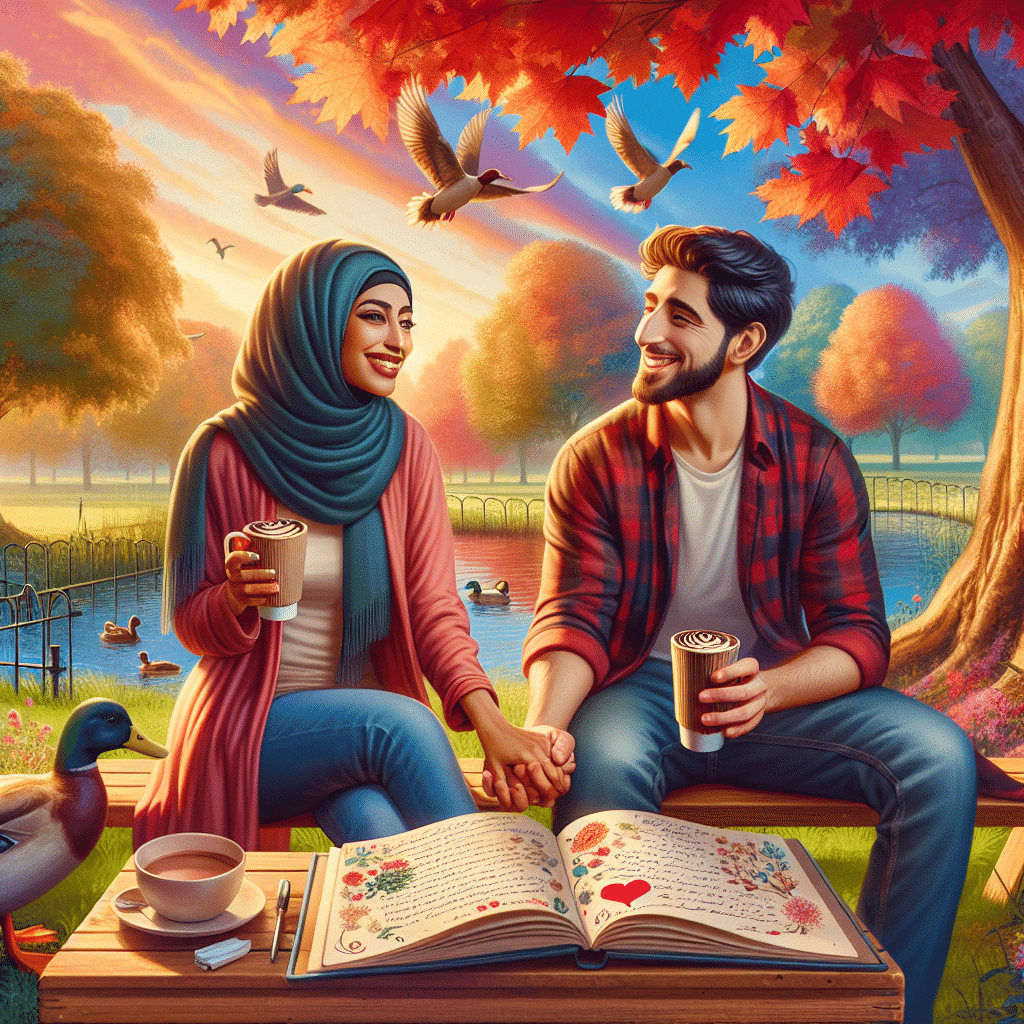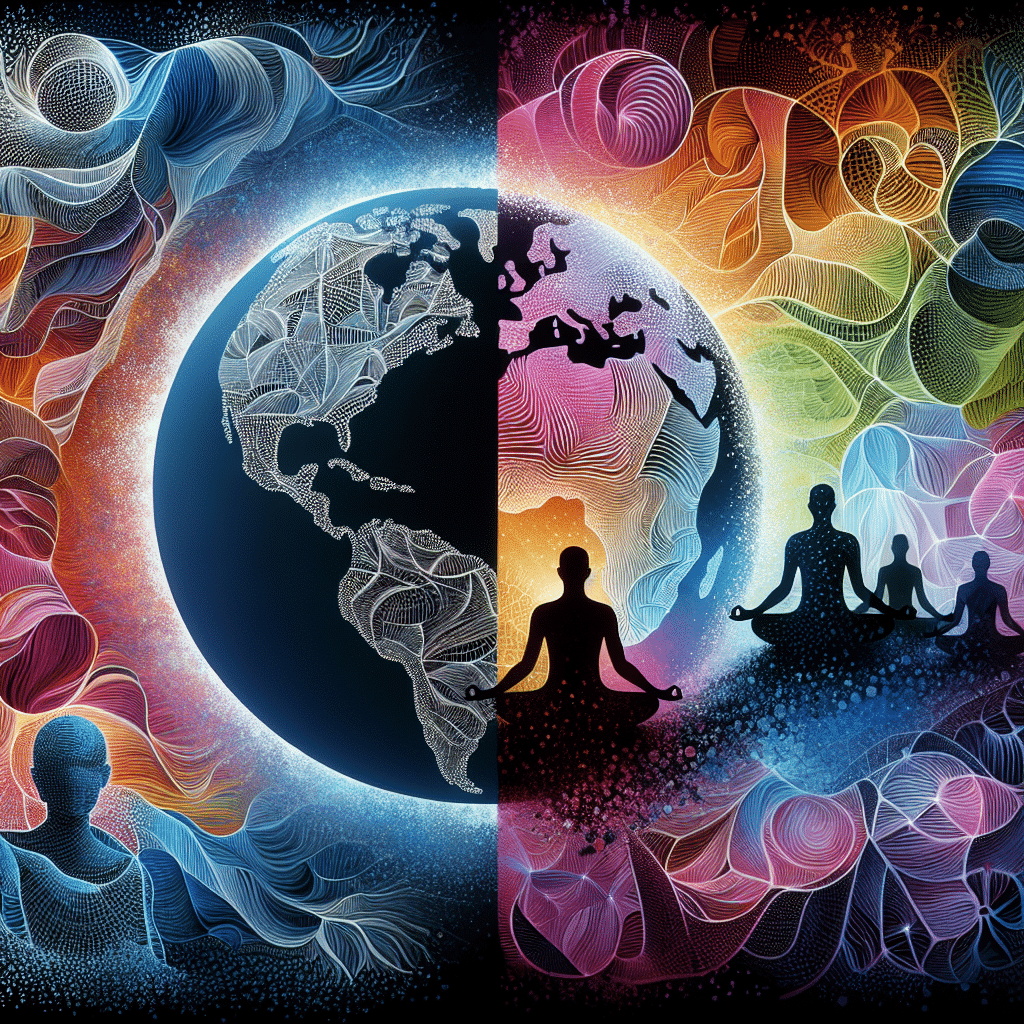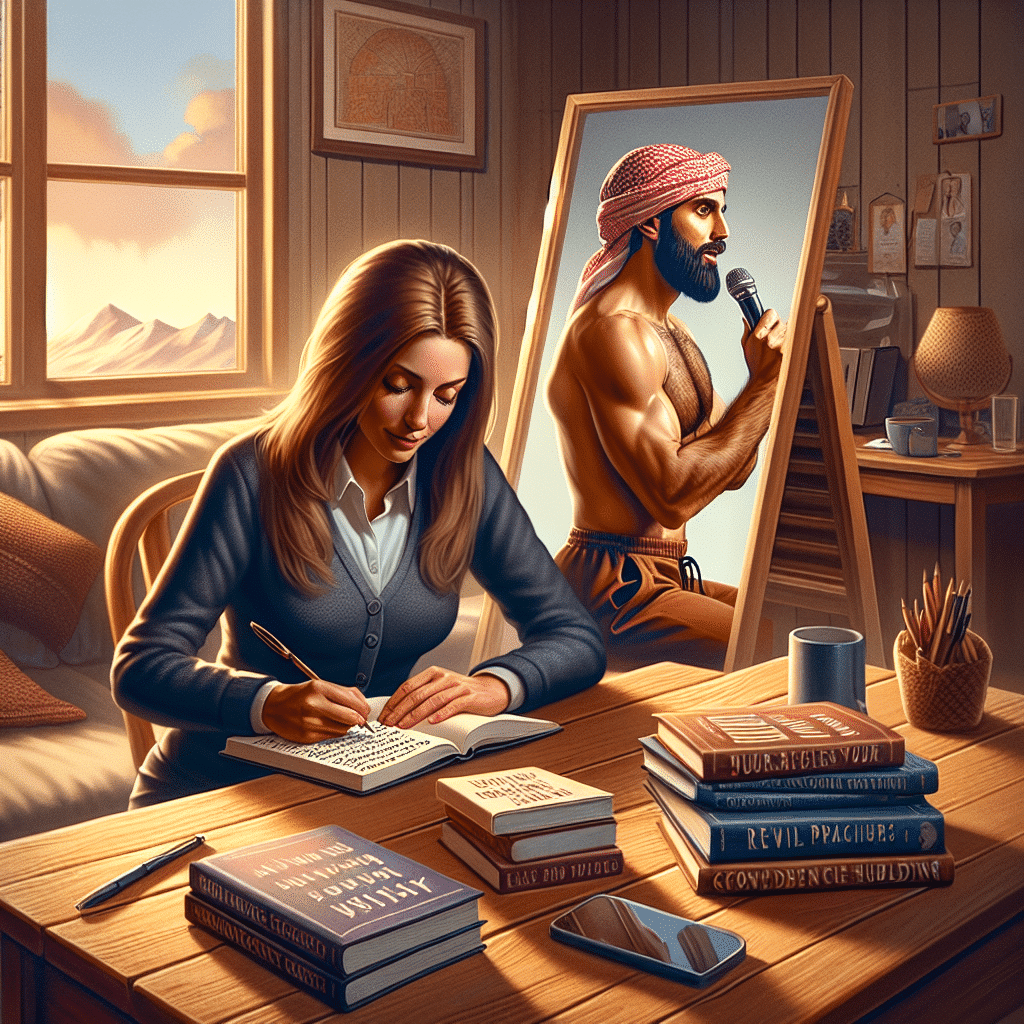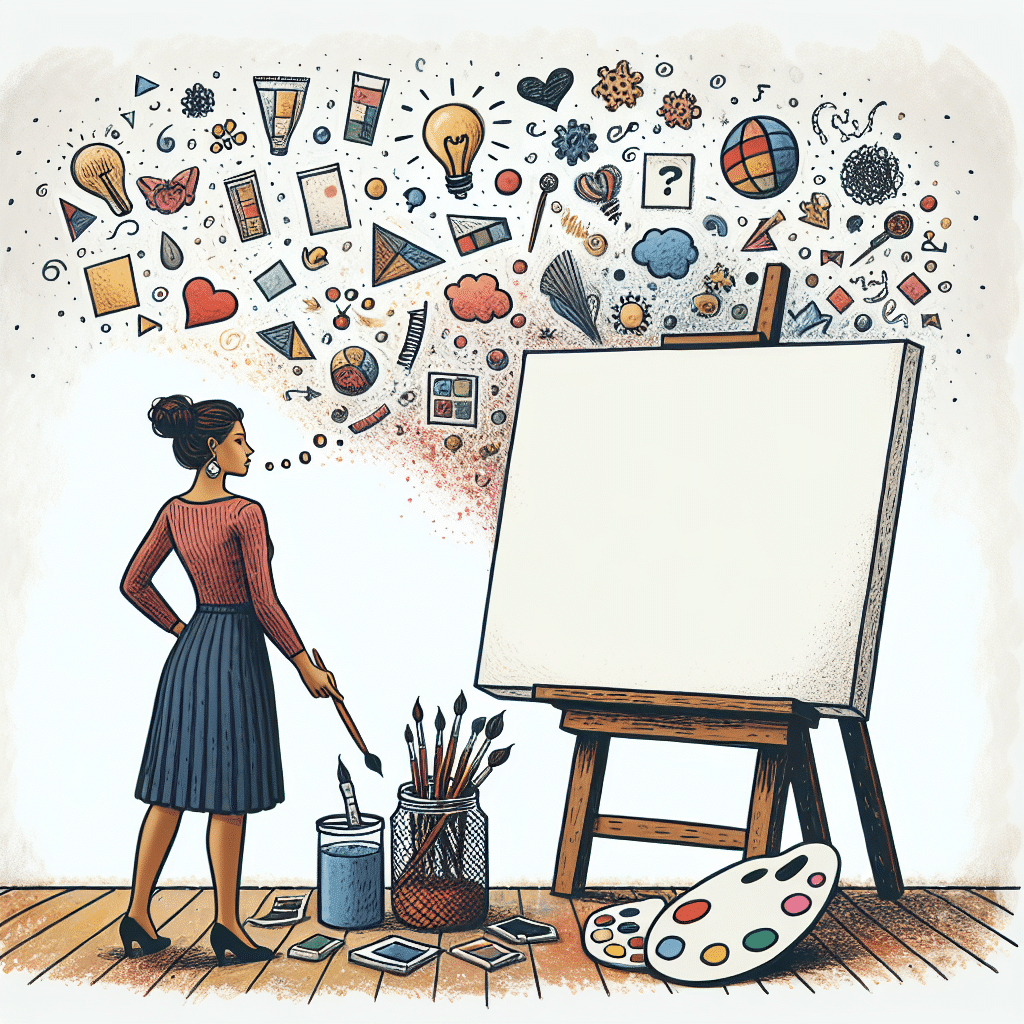
Understanding Creativity Challenges
Creativity is an essential aspect of human expression and innovation. However, it is not without its challenges. Different factors can hinder the creative process, making it difficult for individuals to tap into their creative potential. By understanding these challenges, individuals can find strategies to overcome them and unleash their creativity. In this article, we will explore some of the most common challenges in creativity.
Lack of Inspiration
One of the most common challenges faced by individuals in their creative endeavors is a lack of inspiration. Inspiration plays a crucial role in unlocking one’s creativity, as it provides the initial spark of ideas and motivates the creative process.
However, finding inspiration can be difficult at times. It can be frustrating to stare at a blank canvas or a blank page, waiting for ideas to come. The mind may feel stagnant, making it challenging to generate new and innovative concepts.
In such situations, it is important to explore different strategies to stimulate inspiration. One effective approach is to expose oneself to different experiences and environments. Engaging in activities such as reading diverse books, watching thought-provoking movies, or visiting art galleries can ignite new ideas and perspectives.
Another method to overcome a lack of inspiration is to seek out collaboration and interaction with others. Engaging in discussions, brainstorming sessions, or joining creative communities or groups can provide fresh perspectives and ideas. Sharing and exchanging thoughts with like-minded individuals can be highly stimulating and help in overcoming a creative block.
Additionally, it is important to embrace the concept of mindfulness and self-reflection. Taking the time to slow down, relax, and explore one’s thoughts and emotions can lead to a heightened awareness of one’s surroundings and inner thoughts, ultimately leading to inspiration.
Ultimately, overcoming a lack of inspiration requires a combination of patience, exploration, and a willingness to step out of one’s comfort zone. By actively seeking out new experiences, engaging with others, and fostering self-reflection, individuals can reignite their creativity and find the inspiration they need to excel in their creative pursuits.
Challenges in Creativity
Lack of Inspiration
One of the main challenges faced in the creative process is a lack of inspiration. Sometimes, as an artist or designer, it can be difficult to come up with new and fresh ideas. This can be particularly challenging when working on a project that requires a high level of creativity and innovation.
There are several reasons why an individual may experience a lack of inspiration. Sometimes it may be due to a creative block, where ideas seem to be stagnant and nothing new seems to come to mind. Other times, it may be due to external factors such as stress or personal distractions that limit the ability to think creatively.
To overcome a lack of inspiration, it is important to expose oneself to new experiences and ideas. This can be done through activities such as visiting art galleries, reading books on different subjects, or simply taking a walk in nature. Additionally, engaging with other creative individuals through collaborations or seeking feedback can help spark new ideas and inspiration.
Fear of Failure
Fear of failure is another challenge that can hinder creativity. The fear of not meeting expectations or producing subpar work can be paralyzing and significantly impact the creative process. This fear can prevent individuals from taking risks, experimenting with new ideas, and exploring different creative solutions.
To overcome the fear of failure, it is important to change the perspective on failure itself. Failure should be seen as an opportunity for growth and learning rather than a sign of incompetence or inadequacy. Embracing a growth mindset and understanding that failure is a natural part of the creative journey can help alleviate the fear and enable a more open and liberated approach to the creative process.
Limited Resources
The availability of limited resources can pose a significant challenge in the creative process. Whether it be a lack of budget, time constraints, or limited access to materials and tools, these limitations can hinder the ability to fully realize creative ideas and visions.
However, it is important to view limited resources as an opportunity for innovation rather than a hindrance. Creativity can flourish when individuals are forced to think outside the box and find alternative solutions. This could involve repurposing existing materials, seeking out free or low-cost resources, or collaborating with others to share resources and skills.
External Expectations and Pressure
External expectations and pressure can be a major challenge in the creative process. Whether it be from clients, peers, or even personal expectations, the pressure to meet certain standards and deliver outstanding results can impact creativity and stifle the freedom to explore new ideas.
To overcome external expectations and pressure, it is important to maintain a clear vision and artistic integrity. Setting realistic expectations, communicating openly with clients and collaborators, and finding a balance between meeting expectations and maintaining creative freedom can help alleviate some of the pressure and enable a more authentic and fulfilling creative process.
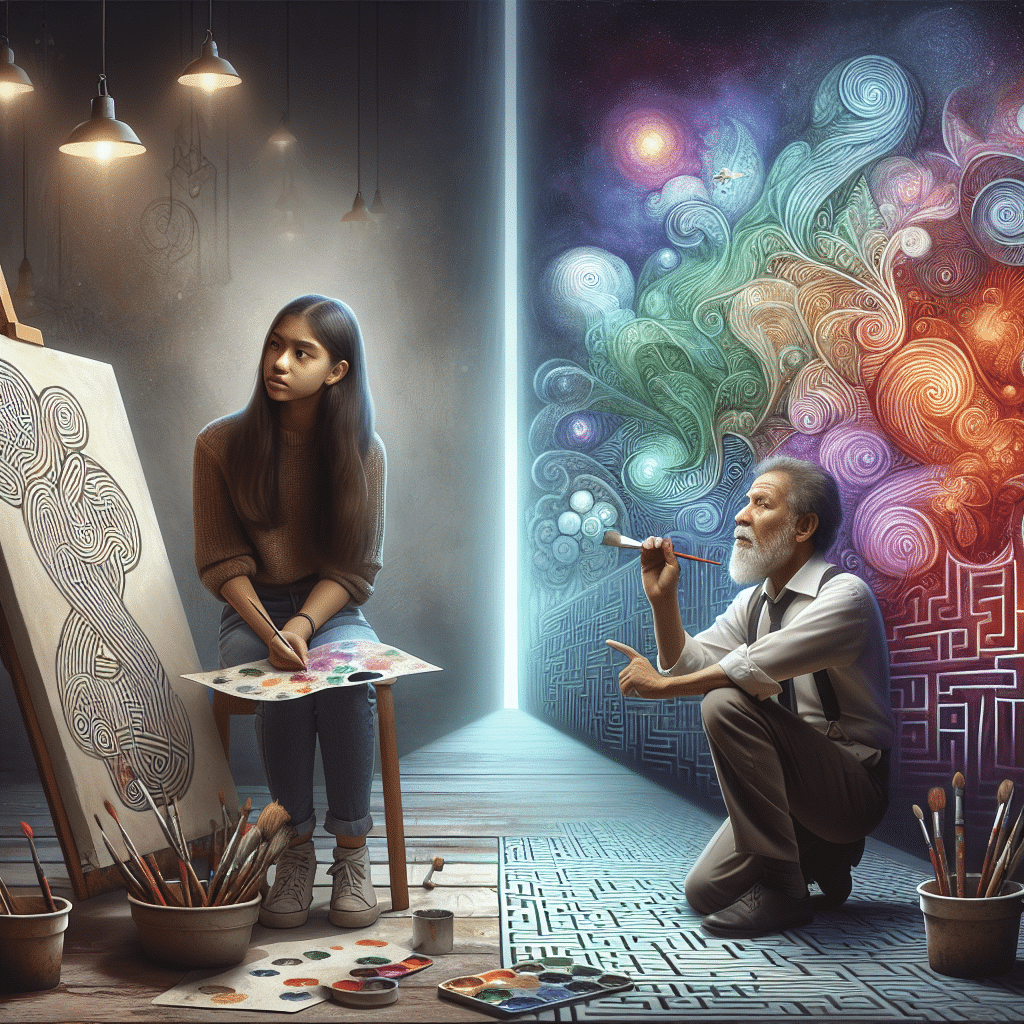
IV. Limited Resources
One of the significant challenges in creativity is the limitation of resources. Whether it is in terms of time, money, or materials, limited resources can hinder the creative process and make it difficult to fully explore ideas and bring them to life.
When individuals and organizations have limited resources, they are often forced to make compromises and find alternative solutions. This can be both a blessing and a curse. On one hand, limitations can inspire creativity, forcing individuals to think outside the box and find innovative ways to achieve their goals. On the other hand, it can be frustrating and discouraging when there are certain ideas or visions that cannot be fully realized due to the lack of resources.
Time constraints are one of the most common challenges when it comes to limited resources. Whether it is work-related deadlines or personal commitments, finding the time to dedicate to creative pursuits can be a struggle. Creativity often requires uninterrupted stretches of time for deep focus and experimentation. However, in a fast-paced world where multitasking is the norm, finding such uninterrupted time can be a challenge.
Financial constraints are another obstacle to creativity. Many creative projects require funding to acquire the necessary tools, equipment, and materials. Without sufficient financial resources, individuals may have to settle for lower-quality materials or miss out on opportunities to collaborate with other professionals in their field. Limited funding can also limit the scale and scope of a project, preventing it from reaching its full potential.
In addition to time and money, limited access to knowledge and information can also be a challenge. The internet has made information more accessible than ever before, but there is still a vast amount of knowledge that may be difficult to access due to various barriers. Whether it is due to language barriers, lack of internet connectivity, or restricted access to certain resources, limited information can restrict creativity and prevent individuals from fully exploring their ideas.
Despite these challenges, there are strategies that individuals and organizations can employ to overcome limited resources. This includes careful planning and prioritization, seeking alternative sources of funding or support, and leveraging technology to access information and resources remotely. By being resourceful and adaptable, individuals can find creative solutions even in the face of limitations.
External Expectations and Pressure
One of the major challenges in creativity is dealing with external expectations and pressure. Creativity is often undervalued or misunderstood by others, leading to unrealistic expectations and unnecessary pressure on creative individuals. This can hinder the creative process and stifle innovation.
Impact on Creativity
When external expectations and pressure are placed on creative individuals, it can have a significant impact on their ability to think freely and generate new ideas. The fear of not meeting these expectations or the pressure to conform to a certain standard can limit their creativity. They may feel the need to play it safe and stick to what is familiar, rather than taking risks and exploring new possibilities.
Additionally, constantly seeking validation and recognition from others can distract creative individuals from their true creative process. Instead of focusing on the quality of their work and the joy of self-expression, they may become preoccupied with meeting the expectations and gaining approval from others.
Unrealistic Standards
External expectations can often be unrealistic or unattainable, creating a constant sense of pressure for creative individuals. They may feel the need to constantly produce groundbreaking work or live up to a certain creative reputation. This can lead to burnout and a decline in the quality of their work as they become overwhelmed by the pressure.
Furthermore, the pressure to conform to certain trends or follow established norms can limit creativity and originality. Creative individuals may feel compelled to imitate popular styles or produce work that aligns with current market demands, rather than exploring their own unique ideas.
Overcoming External Expectations and Pressure
To overcome the challenges of external expectations and pressure, it is important for creative individuals to develop a strong sense of self-belief and self-validation. They should focus on their own creative journey and embrace their unique vision and ideas, regardless of the opinions or expectations of others.
Building a supportive creative community can also be beneficial in navigating external expectations and pressure. Surrounding oneself with like-minded individuals who understand and appreciate the creative process can provide valuable feedback and encouragement.
Finally, setting realistic goals and managing expectations can help alleviate the pressure. By focusing on personal growth and progress rather than external validation, creative individuals can maintain their enthusiasm and passion for their work.
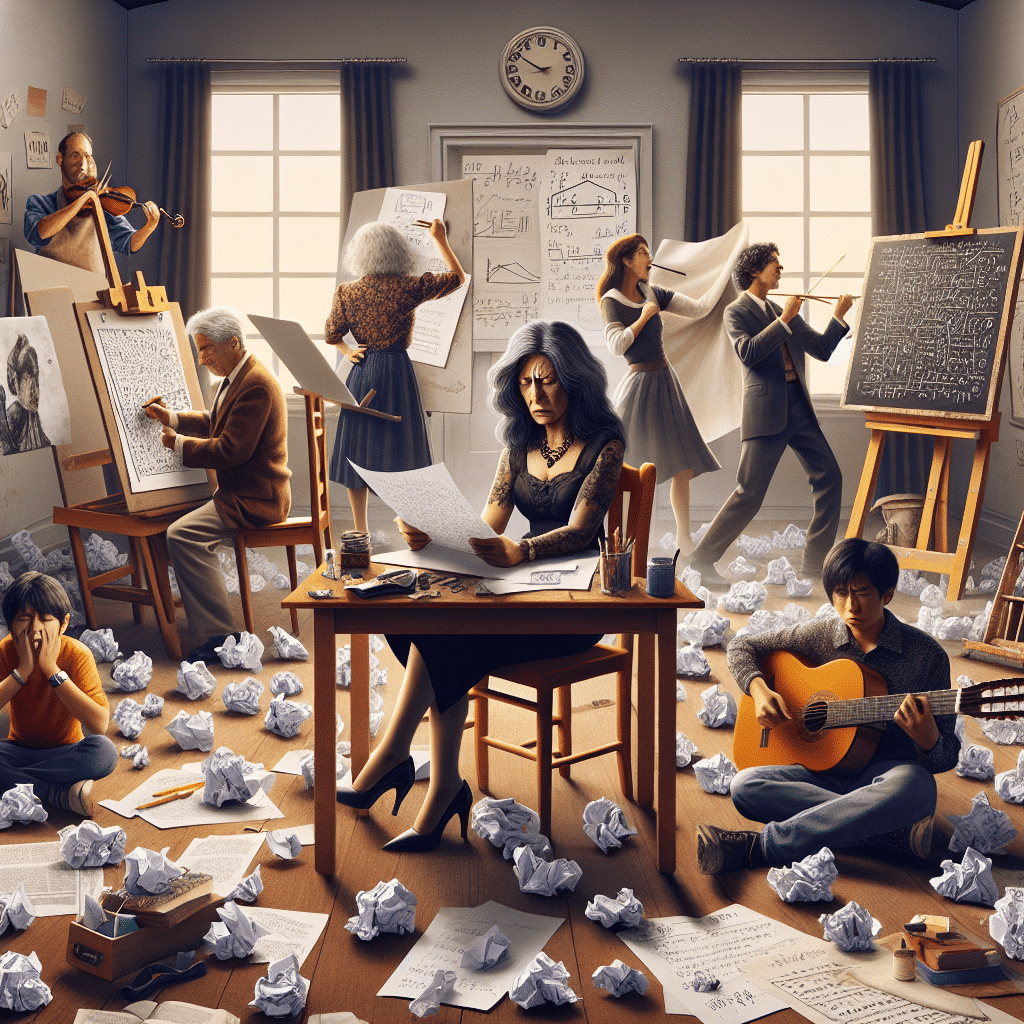
Summary
Challenges in creativity can hinder the creative process and prevent individuals from fully exploring their creative potential. These challenges include a lack of inspiration, fear of failure, limited resources, and external expectations and pressure.
The lack of inspiration is a common challenge in creativity, as individuals may struggle to find new ideas or think outside the box. This can lead to a creative block and hinder the generation of innovative concepts.
Fear of failure is another significant challenge in creativity, as individuals may be hesitant to take risks or try new things. This fear can stifle creativity and prevent individuals from fully exploring their ideas.
Limited resources, both in terms of time and materials, can also pose challenges in creativity. Without the necessary tools and support, individuals may struggle to bring their creative ideas to fruition and fully express their vision.
External expectations and pressure from others can also be a challenge in creativity. The fear of judgment or criticism can influence individuals to conform to societal standards or expectations, inhibiting their ability to think creatively and explore alternative ideas.
In conclusion, creativity faces several challenges, including a lack of inspiration, fear of failure, limited resources, and external expectations and pressure. Overcoming these challenges is essential for individuals to fully tap into their creative potential and bring their innovative ideas to life.

